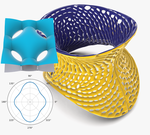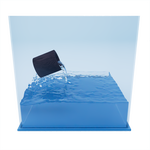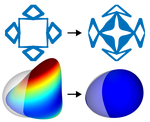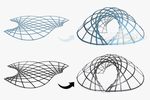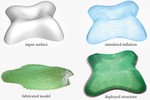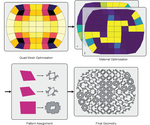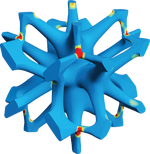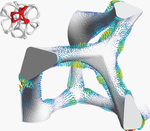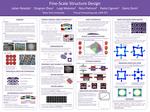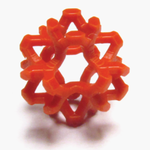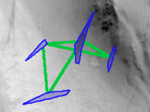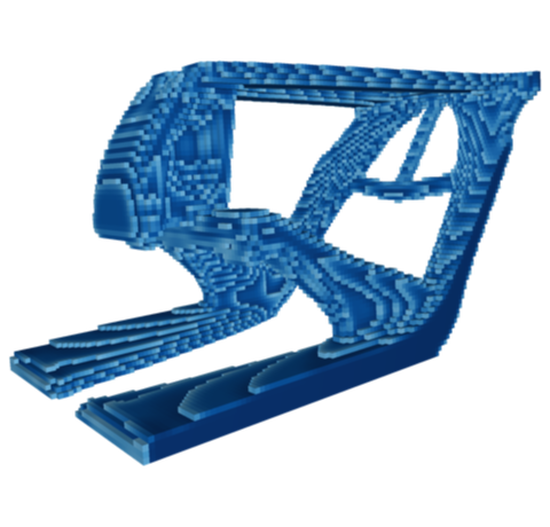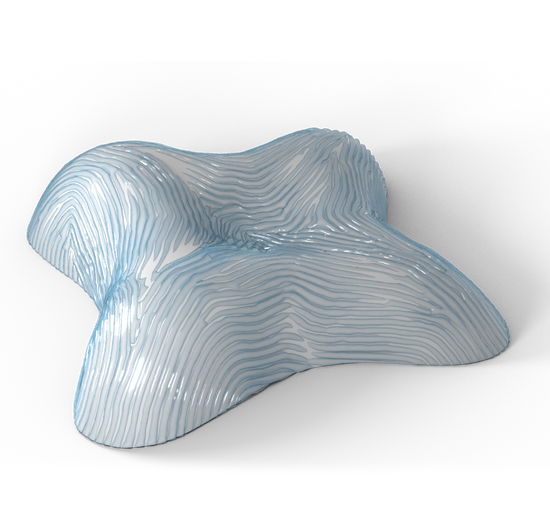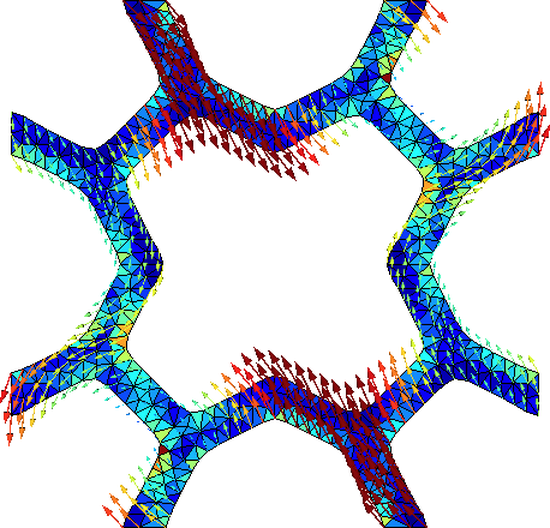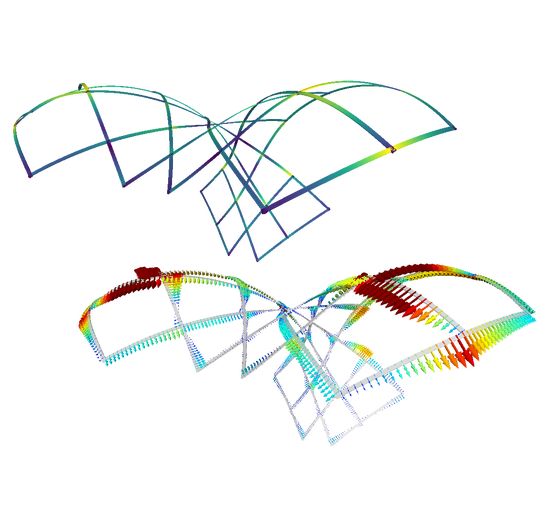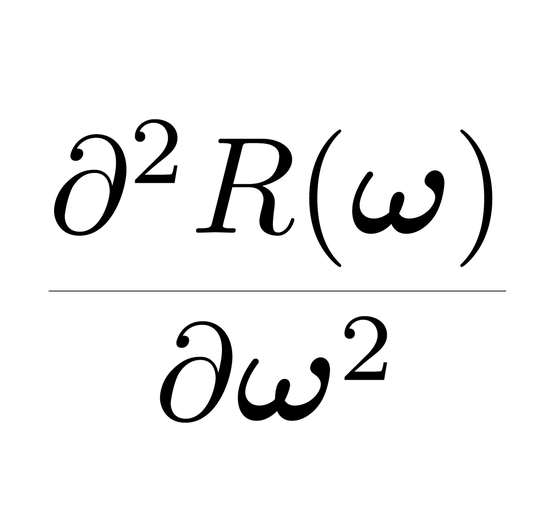Julian Panetta
Assistant Professor
UC Davis
Biography
Julian Panetta is an Assistant Professor of Computer Science at University of California, Davis. His research interests lie primarily in the domain of physical simulation, geometry processing, and optimization-based inverse design for digital fabrication. He develops efficient computational techniques for designing physical objects that meet specific performance goals and can be directly brought into the real world using additive fabrication or CNC machines. He is especially motivated to invent algorithms empowering users to exploit these technologies’ currently untapped potentials for a broad range of applications, from professional, industrial settings to casual use.
Interests
- Digital Fabrication
- Physical Simulation
- Inverse Problems
Education
-
PhD in Computer Science, 2017
New York University
-
BS in Computer Science, 2010
California Institute of Technology
Positions
-
Assistant Professor, 2020-
University of California, Davis
-
Postdoc, 2017-2020
École Polytechnique Fédérale de Lausanne
